"In every round you play, and like every other golfer, you are using your knowledge, skills and experience to craft a golf score over 18 holes. Basically, you are compiling an amount of pars, birdies or better and bogeys and worse over 18 holes." Last week I shared with you the par breaking formula of < Par = Birdie or Better > Bogey or Worse. Basically the idea is that you need to make more pars in your round and less bogeys and worse compared your birdies and better to break par. Hey look, I know it’s not rocket science, but it is important that you come to understand this formula before you start to dig into your scoring performance to identify the areas of your game that are keeping your score average higher in tournaments. In this article we are going to focus on how to make more pars on par 4 holes and we are going to look at an extremely important and little known tee-shot strategy that will determine whether you make more or less pars in every round. When you apply this simple strategy you will increase your greens hit in regulation average and make more pars in every round you play. Success in golf is equal to your competitive score average and you need to build a game that gives you the best chance every time you play of breaking par. In every round you play, and like every other golfer, you are using your knowledge, your skills and your experience to craft a golf score over 18 holes. Basically, you are compiling an quantity of pars, birdies or better and bogeys and worse over 18 holes. In any round of golf you play, you will play;
As you know, every golfer from novice to pro starts on the same score and it is how you perform on these par 3, 4 and 5 holes over the course of your round that will determine the score you will produce. The top male and female tour pro’s play par 3 holes in just under to just over par over a season, and they do the same for the par 4 holes. This is where you make most of your pars in a round. Par 5 holes are another matter entirely, and this is where the top tour pro’s make inroads into scoring under par. Have a look at the image below and you will see what I mean. The image below shows PGA Tour professional’s par averages from the 2013 season for par 3, par 4 and par 5 holes for golfers ranked 1, 50 and 100 and you can see that they score around par for par 3 and 4 holes for a season (except for the number 1 ranked golfers) and they score well under par on the par 5 holes.
How to Improve Your Par 4 Par's Made Average In important men's amateur tournaments and also on the professional golf tours because every golf course measures more than 7000 yards in length, and to improve your par 4 average you need to get your tee-shot distance average into the 60 to 70 percent zone consistently and particularly on the longer holes to give yourself a better than average chance of hitting the green in regulation. I'm sure that you'll agree that this is a very different way of looking at hitting tee-shots, because the emphasis is normally on how far a golfers hits their shot from the tee. And tee-shot distance is very important, but we want you to look at it from the perspective of how far you hit tee-shots on holes where it is important to hit the green with your second shot. This means that if you hit a tee-shot on a hole measuring 495 yards (453 m), 60 percent of the distance will leave you an approach shot of 198 yards (181 m). But if you hit your tee-shot 65 percent of the distance, you would be left with an approach shot of 173 yards (158 m). You can see that a 5 percent distance increase translates into an extra 25 yards (23 m)? How to Improve Your Greens Hit in Regulation Average Here's where it gets real interesting though, have a look at the image below and you can see the greens hit in regulation averages of PGA Tour golfers from less than 75 yards (68.5 m) to greater than 200 yards (183 m). This is the average of 180 golfers competing on the PGA Tour in 2013. 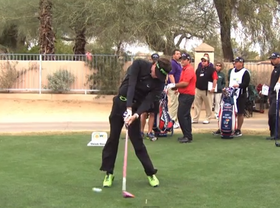 When you study these numbers I bet you are a little surprised at how many greens they actually hit compared to what you might have thought? I'm sure that you probably imagined that they hit more greens in regulation right? So using our example of hitting your tee-shot 65 percent of a hole measuring 495 yards, you would be hitting a second shot of 173 yards, and the average PGA Tour golfer would hit the green around 6 times out of 10 probably using a 6 or 7 iron depending on the conditions. Hitting your tee-shot 60 percent of the total distance of a 495 yard par 4 and the tour player would hit the green around 5 times out of 10 on average, using a 4 or 5 iron. How about you, how many greens would you hit in regulation on average if you were in the same situation? A lot of emphasis is placed on hitting fairways from the tee, but the average amount of fairways hit by PGA Tour golfers is approximately 58 percent. If they play a course with 14 holes that they can hit tee-shots on, (10 par 4's and 4 par 5's) they will hit on average 8 to 10 fairways out of 14. Like green hitting, the fairways tour players hit are less than you might think, however when they do miss fairways, most of the time they don't miss them by much, and they are very good at hitting their approach shots from light rough onto the green a good percentage of the time. The qualification here is that they have to hit their tee-shots into the 60 to 70 percent zone on the longest par 4 holes so that their approach shot from the rough is being played with a medium to short iron. The longest hitters on tour play many of their approach shots from the rough, but it doesn't affect their score too much because their approach shot if often a 9 iron, pitching wedge or shorter. 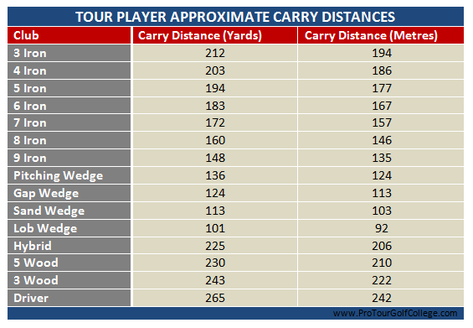 Click on the chart to make it larger Click on the chart to make it larger The chart on the right shows you how far the average tour player hits their golf shots (in yards and metres) based on our assessments of players working with us using trackman and flightscope. This is where it will help you to understand how they make as many pars as they do in each round. Driving the ball in the 60 to 70 percent zone off the tee consistently will mean that when you play the longer par 4 holes you can still reach the green with a short to medium iron in most cases. This means that you will hit a higher percentage of greens in regulation because as you can see in our greens in regulation example above, that the percentage of greens hit drops dramatically when you start hitting second shots into par 4's with your longer irons and hybrid clubs. For example, let's say that you drive your ball 240 yards (219 m) off the tee on a 430 yard (393 m) par 4 hole. You would have hit your tee-shot 56 percent of the total distance of the hole and you will be playing your second shot from 190 yards, (174 m). Now if the best players in the game are missing about fifty percent of the greens in regulation on average, then you are also likely to miss at least fifty percent of the greens you attempt to hit and maybe more. Take a look at the scorecard below for The Tournament Players Championship played at TPC Sawgrass in Ponta Vedra, Florida. You can see that I have averaged out the length of the Par 3, Par 4 and Par 5 holes at this famous golf course (which measures well over 7000 yards from where the tour players tee-off) to give you an idea of the distances of the holes and the distance of the second shots they would be hitting into the par 4 holes there. Obviously the longer the hitter you are (whilst still hitting between 55 and 65 percent of fairways) the shorter the shot, however, you don't have to hit the ball as far as Bubba Watson or Tiger Woods does to be competitive on a long golf course like TPC Sawgrass as long as you can hit your tee-shots into the 60 to 70 percent distance zone consistently. Many of the champions at The Tournament Players Championship are not the longest hitters in the field, but every one of them can hit the ball into the tee-shot scoring zone (see below) and this is the key to maximizing the amount of pars you make on 430 yard par 4 holes. 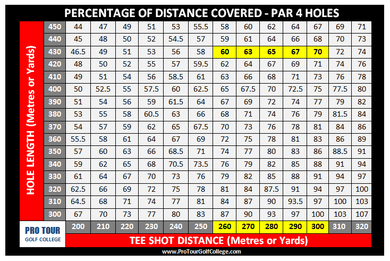 Do you know your tee-shot distance zones? Do you know your tee-shot distance zones? How Far Do I Have to Hit My Tee-Shots to Get Into the 60 to 70 Percent Zone? So the question you are probably asking yourself is "how far do I need to hit my tee-shots on par 4 holes to get into the 60 to 70 percent tee-shot scoring zone?" Good question; and to help you to get the answer to this important question we have gone to the trouble of calculating all the tee-shot distances from 200 to 320 against hole lengths of 300 to 450 for you so you can work out where your tee-shot zone should be. The distances in the Percentage of Distance Covered Chart (Par 4 Holes) can be yards or metres (depending on your preference) and we have included tee-shot distances from 200 yards/metres to 320 yards/metres, and the par 4 hole distances are from 300 yards/metres to 450 yards/metres. Based on the information I've shared with you so far you can see that the average length of par 4 holes at The Tournament Players Championship (Stadium course) is 428 yards (391 m) and using our Percentage of Distance Covered Chart (above) you will notice that if you hit your tee-shots into the 60 to 70 percent zone you will be hitting your tee-shots in the 260 to 300 yards (238 to 274 m) range from the tee. What's interesting about this is that the 2006 through to 2013 winners of this important championship all fit into the 60 to 70 percent zone with their average tee-shot length in yards. Every male and female golfer playing on a professional golf tour can hit their ball into the 60 to 70 percent zone consistently and this enables them to have a better than 50 percent chance of hitting the green in regulation setting themselves up to make pars on the par 4 holes. Download our percentage of distance covered chart for par 4 and par 5 holes and study it and work out how far on average your tee-shots are travelling down the fairway. If you are not getting into the Tee-shot scoring zone yet, get to work with your golf instructor on improving this situation so you can make more pars on par 4 holes edging you ever closer to breaking par consistently.
rio
11/2/2014 01:31:06 am
very nice article you should do alot of semynar David... going strong mate... 11/2/2014 03:27:22 am
Thank you Rio, we plan on presenting webinars very soon. Comments are closed.
|
Archives
June 2019
|
Proudly Supported By
Copyright © 2011 - 2018 Pro Tour Golf College
Website Managed By Golf Performance Media
All Rights Reserved
Website Managed By Golf Performance Media
All Rights Reserved

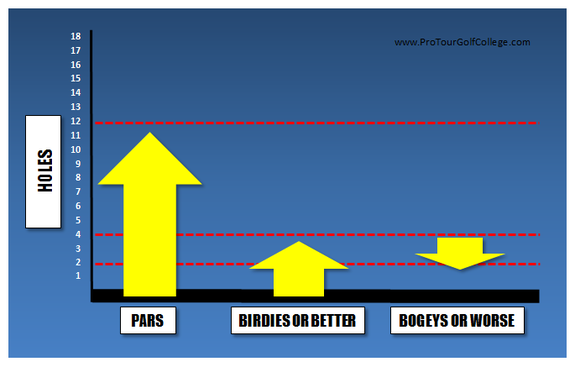
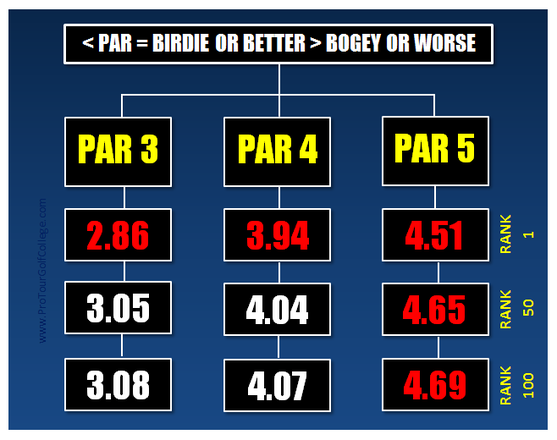

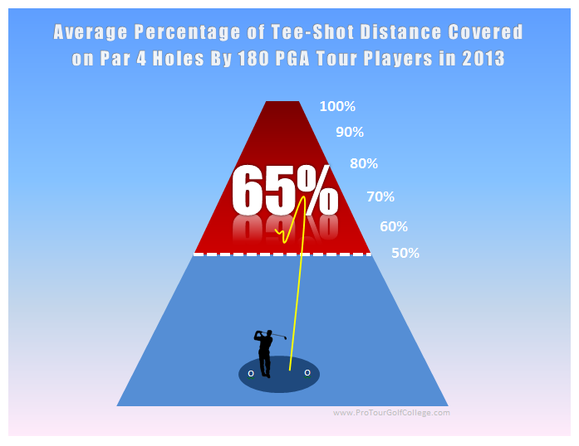
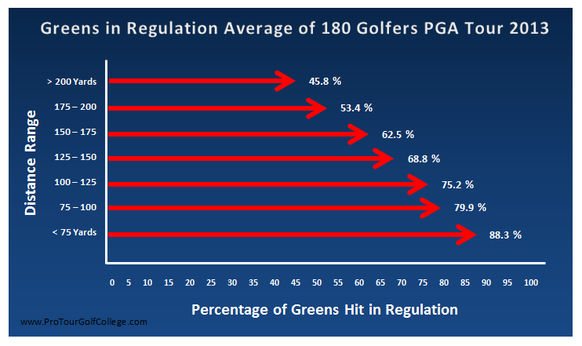

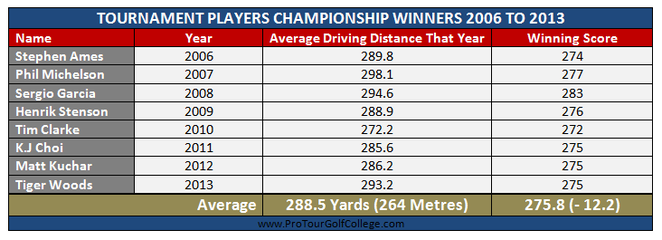

 RSS Feed
RSS Feed



